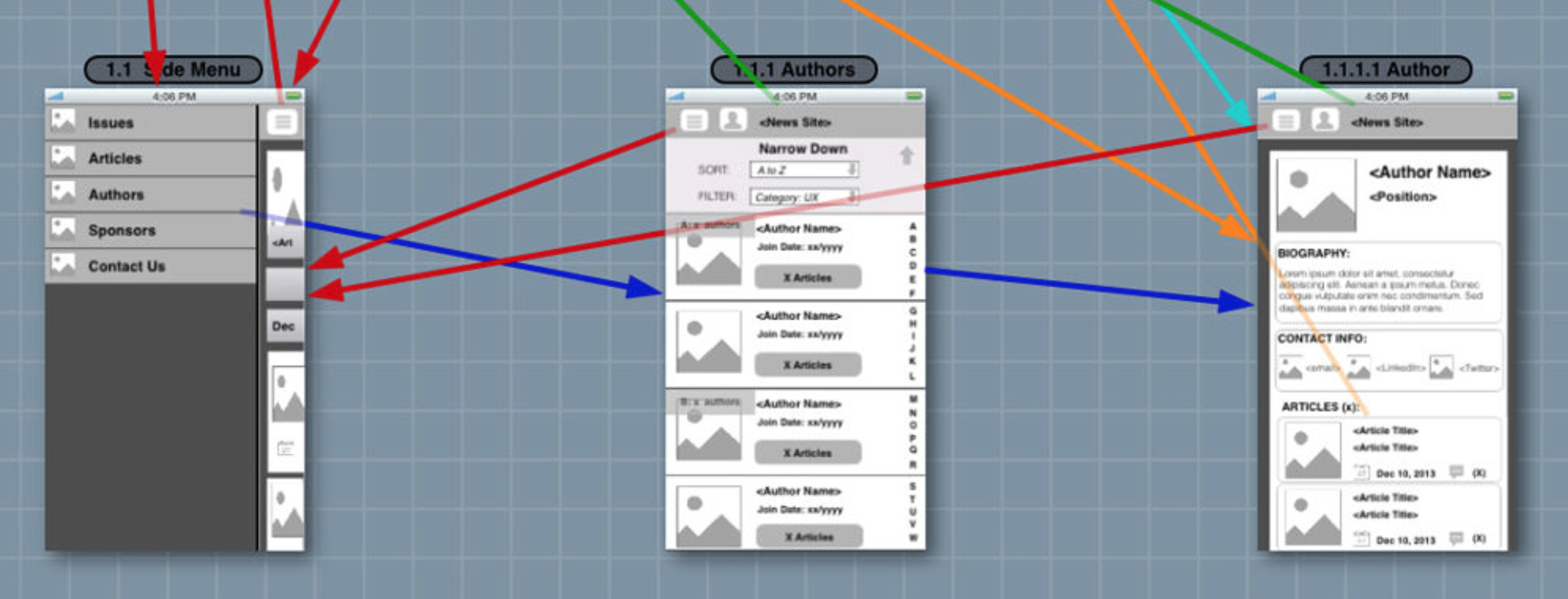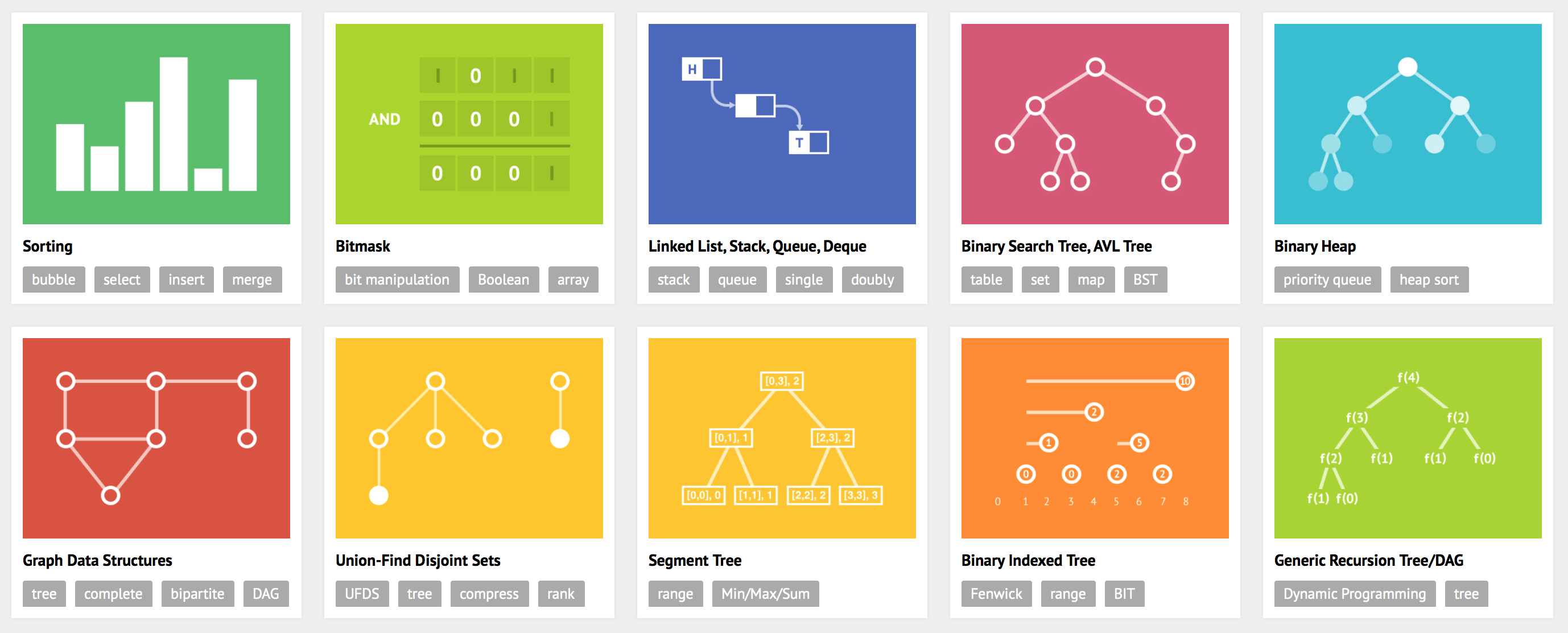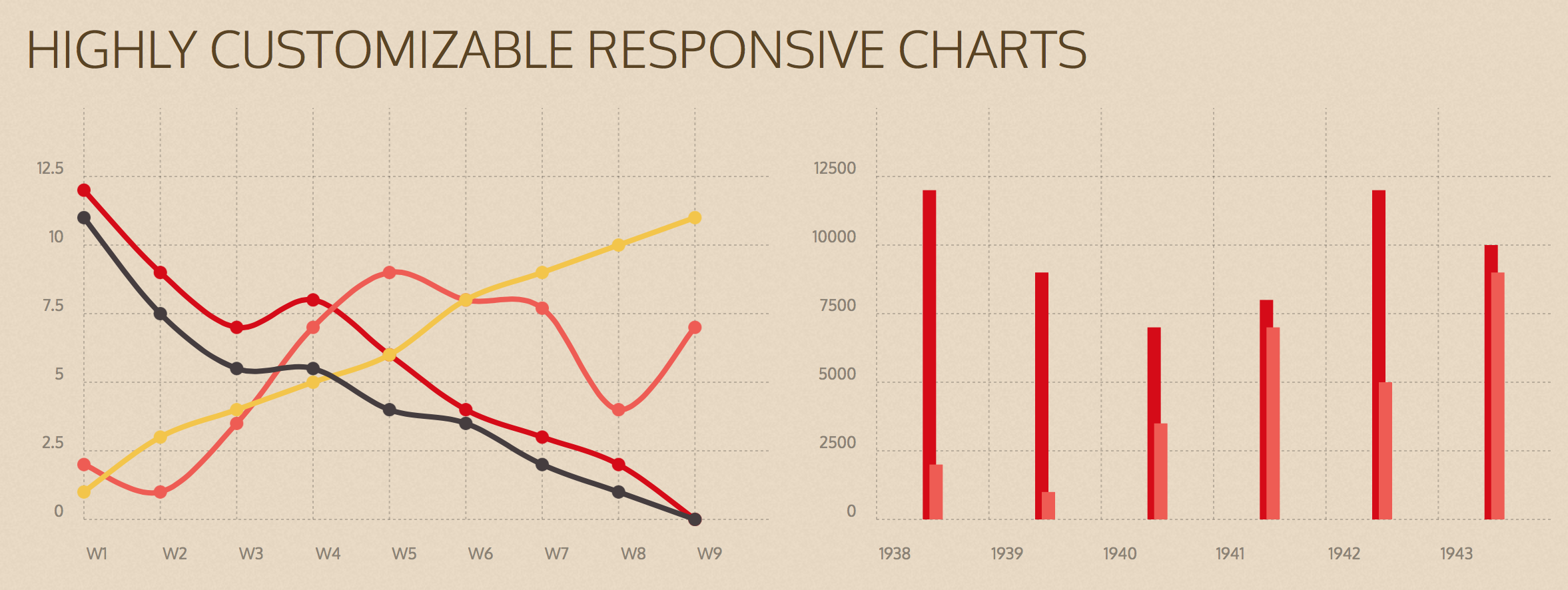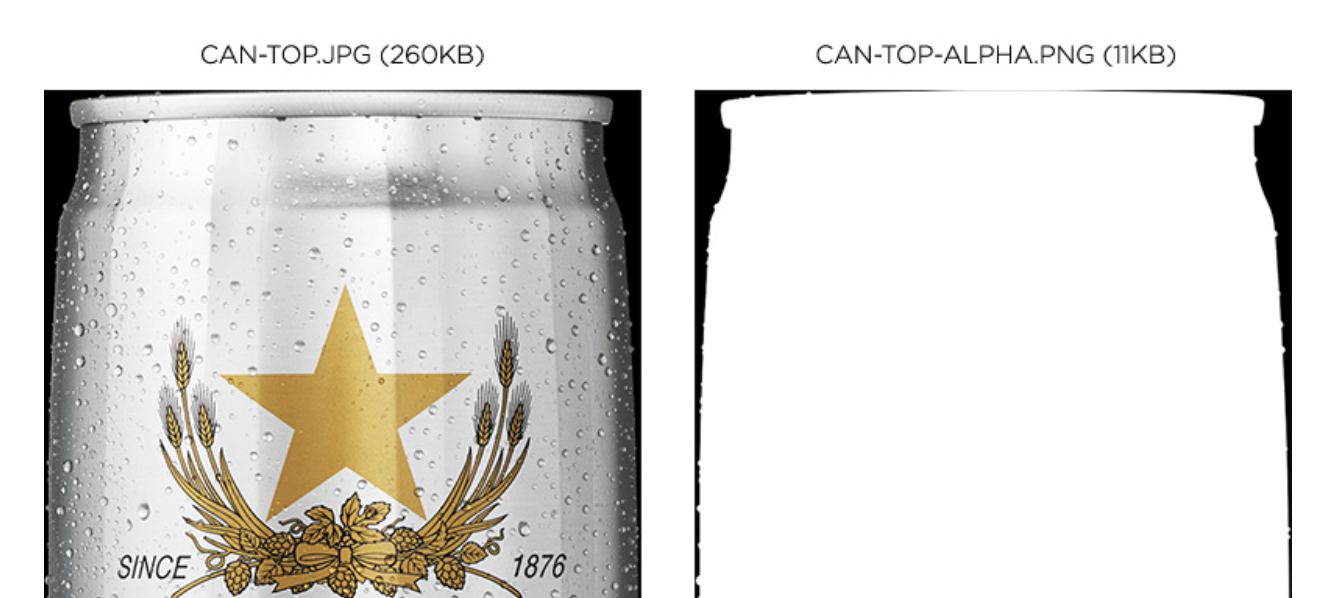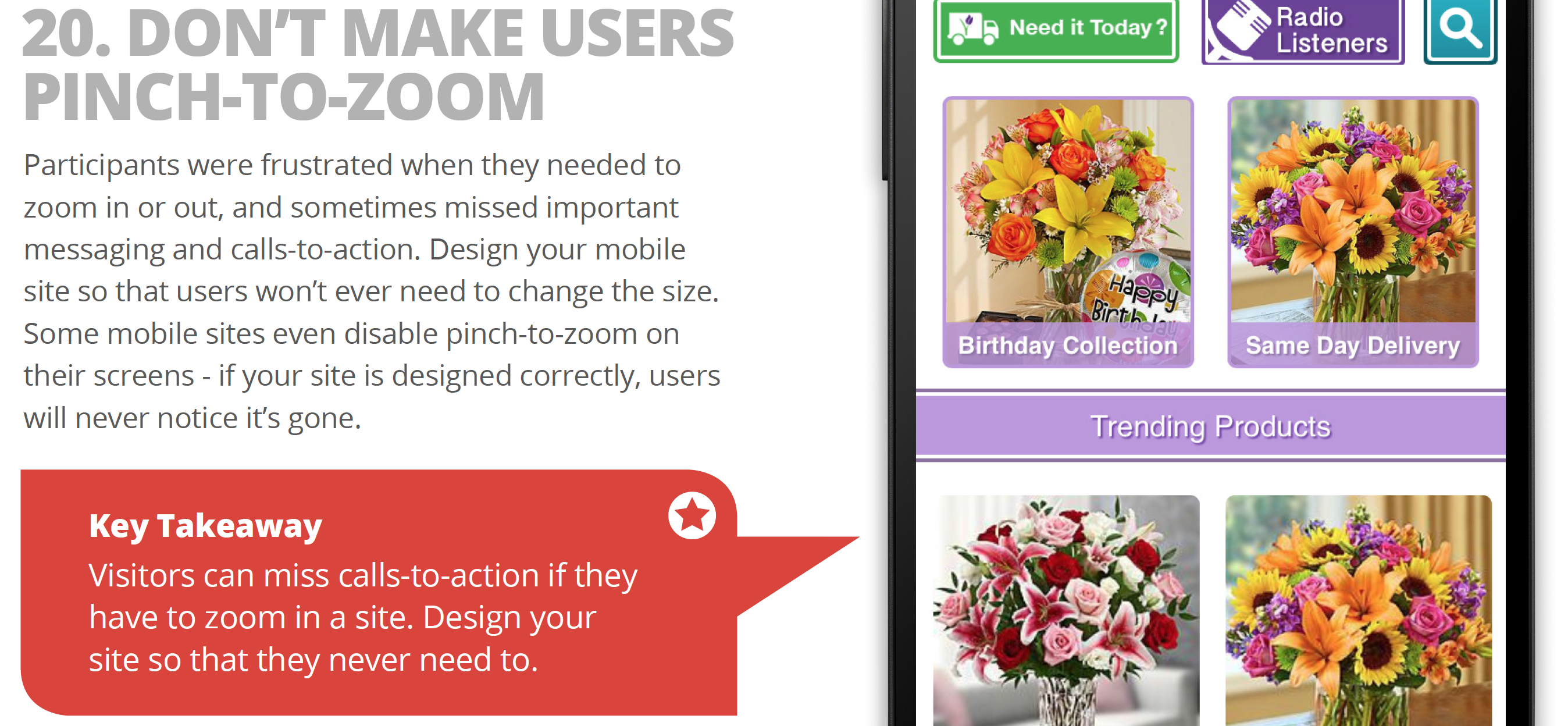THE KEY TO RECRUITING FOR A STARTUP IS TO CRAFT A REALISTIC JOB DESCRIPTION. AND STOP LOOKING FOR UNICORNS–THEY DON’T EXIST, WRITES GOOGLE VENTURES’ BRADEN KOWITZ.
What skills do you need?
The first step to hiring a designer is to list out all the skills necessary to build your product. Here’s my short list of the most critical product skills, and the questions that those skills help answer.
- Research: What do customers want? Can they figure out how to use our product?
- Product design: What are we building? What are we not building? What’s in this release?
- Copywriting: How do we describe our product to customers in a way they understand?
- Interaction design: How does the product behave? How is it organized?
- Visual design: How does the product look and feel?
- UI development: How do we build quality interfaces quickly and flexibly?
There are many other skills you might need: facilitation, content strategy, storytelling, game design, editing, iteration management, etc. You can find a longer list in Jared Spool’s excellent article on assessing your team’s UX skills.
If you’re hiring a designer, start with a skill list. From there, it’ll be easier to see which of those are already covered on your team. And it’ll be possible to prioritize skills based on the product you’re building. Some of these skills might be more or less important. For example, if you’re building an internal tool for IT departments, you probably need product design more than visual design. With this narrowed-down list, we now know what type of designer we’re looking to hire.
